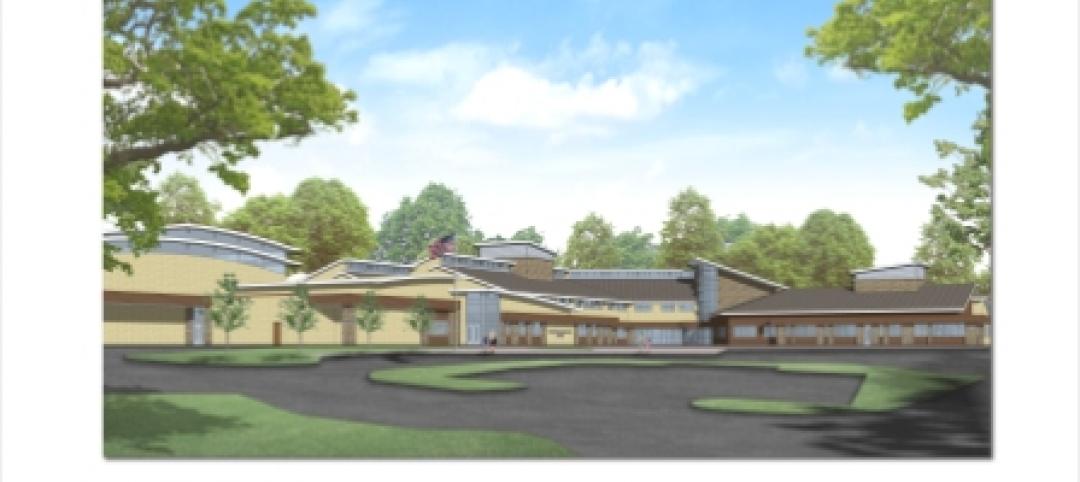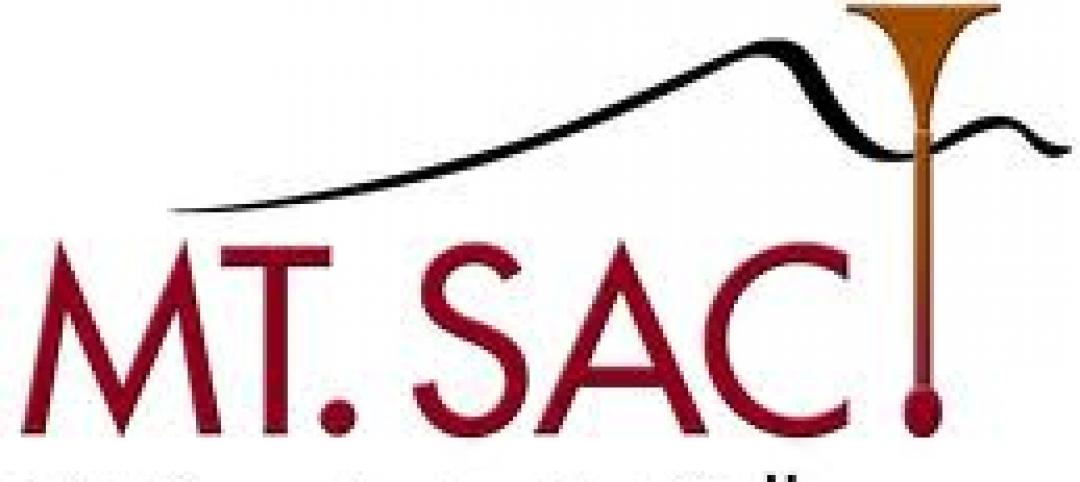The topic of water shortages is nothing new, as cities around the globe struggle with drought, water quality, supply constraints, and failing infrastructures. However, the idea of new plumbing codes and design standards working together to assist plumbing engineers in adding harvested rainwater systems to their design arsenal has been uncharted territory--until now.
With the publication of the 2010 IAPMO Green Plumbing and Mechanical Code Supplement (GPMCS), 2012 IAPMO Uniform Plumbing Code (UPC), and the Rainwater Catchment Plumbing Engineering Design Standard by the American Rainwater Catchment Systems Association (ARCSA) and American Society of Plumbing Engineers (ASPE), the plumbing industry now has authoritative tools at its disposal to standardize the safe and reliable use of rainwater for potable and nonpotable applications.
Rainwater harvesting provisions were introduced in the GPMCS and the UPC by the IAPMO Green Technical Committee (GTC) as part of a broader effort to reduce the energy and water consumption of plumbing and mechanical systems while ensuring that these systems are safe and reliable. The GTC is comprised of the broadest group of expert stakeholders ever assembled to develop sustainable plumbing and mechanical requirements. ASPE and ARCSA are well represented on the GTC and played a critical role in the development of the first model code provisions for rainwater harvesting.
Jeffrey L. Ingertson, CPD, FASPE, ASPE's vice president of membership, serves as ASPE's official representative, while Bob Boulware, immediate past president of ARCSA (and an ASPE member), represents ARCSA. Larry N. Oliver, CPD, FASPE, former ASPE president, and April K. Trafton, president of Donald Dickerson and Associates, round out the slate of plumbing engineering members of the GTC. Additionally, more than 20 sustainable plumbing engineering experts serve among the more than 125 members of the 12 task groups that operate under the GTC.
Click here to view the white paper. +
Related Stories
| Jan 31, 2012
Suffolk Construction to manage Lawrence & Memorial Hospital Cancer Center project in Waterford, Conn.
Leading construction management firm overseeing one of first healthcare projects in the country to utilize innovative IPD process.
| Jan 31, 2012
Perkins Eastman’s Miller appointed Chairman of the AIA International Committee
International expertise leveraged as global industry resource.
| Jan 31, 2012
KBE selected for school project in Waterbury, Conn.
Located adjacent to the existing elementary school, the $28 million, 82,000 s/f Pre-K to eighth Grade school is expected to host its first students in the fall of 2013.
| Jan 31, 2012
Construction Law Firm Allensworth & Porter, LLP adds May to the firm
Prior to joining Allensworth & Porter, May served as the staff attorney for the Texas Civil Justice League, and was responsible for drafting, analyzing, and tracking civil justice and business-related legislation during the 82nd Legislative Session.
| Jan 31, 2012
Skanska USA Civil promotes Bradley to southeast general superintendent
In Bradley’s new position, he will manage field operations for all Skanska Civil projects in the southeast.
| Jan 30, 2012
Siemens and Air-Ex Team deliver building controls training to Mt. San Antonio College students
Siemens contributes training modules and technology to support hands-on courses.
| Jan 30, 2012
Hollister Construction Services to renovate 30 Montgomery Street in Jersey City, N.J.
Owner Onyx Equities hires firm to oversee comprehensive upgrades of office building.
| Jan 27, 2012
Caterpillar reports record sales and profit for 4Q and full-year 2011
Momentum carries into 2012 with sales and revenues outlook raised to $68 to $72 billion.
| Jan 27, 2012
Smith Seckman Reid opens two new offices
Smith Seckman Reid, Inc. (SSR), an engineering design and facility consulting firm, has opened two new offices, one in Chicago, the other in Washington, D.C.
| Jan 27, 2012
BRB Architects designs new campus center for Molloy College
Intended to be the centerpiece of the College’s transformation from a commuter college to a 24-hour learning community, the “Public Square” will support student life with spaces such as a café, lounges, study rooms, student club space, a bookstore and an art gallery.

















